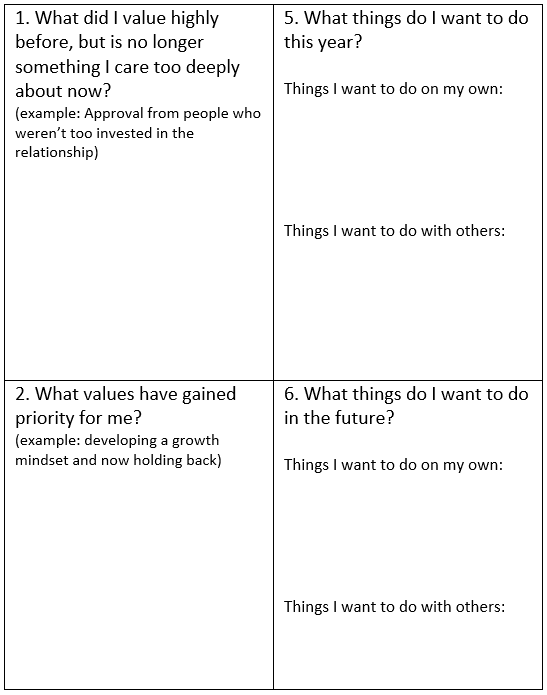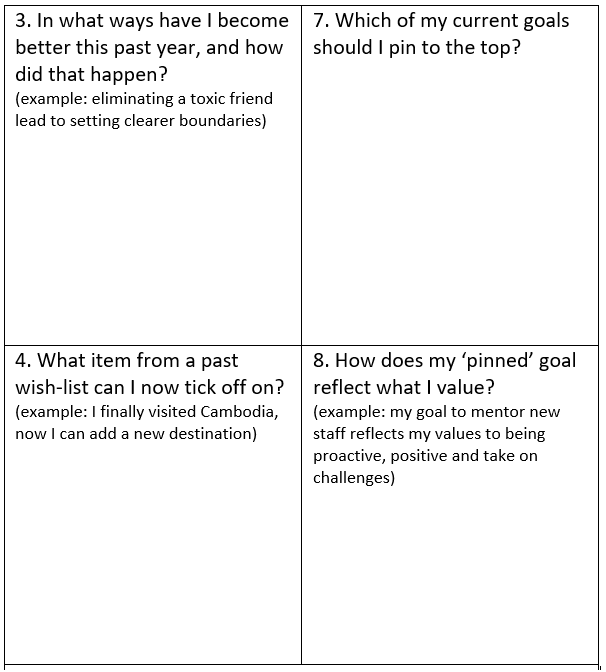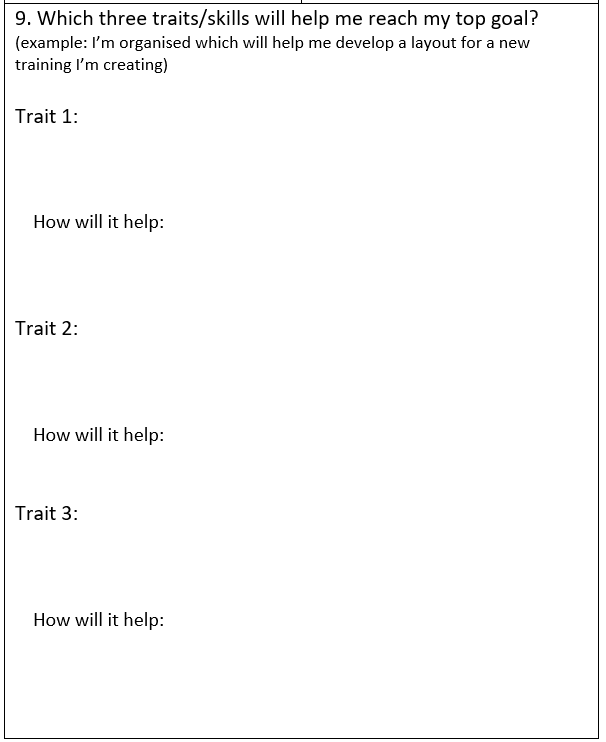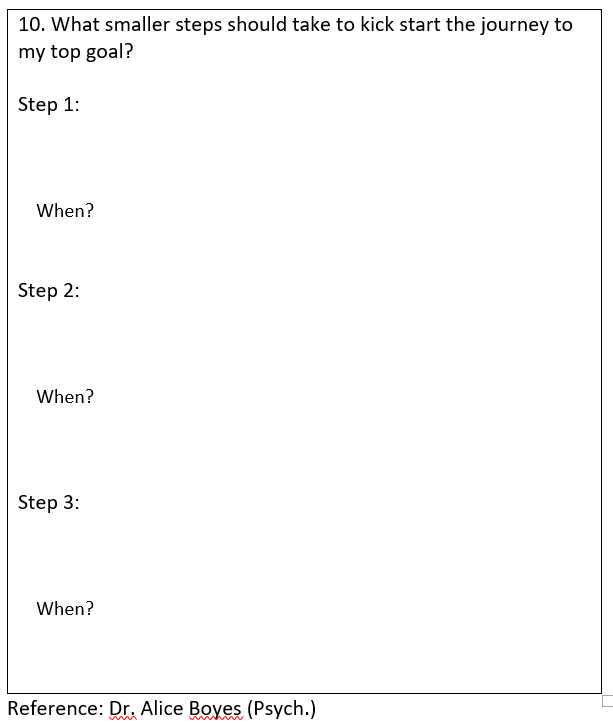Today my four year old and I had it out. A tantrum was chucked to epic proportions (by both of us) because the bucket had finally flowed over on a 2-month build-up of incessant whining. She’s at her grandparents tonight and although we made up before, I can’t help feeling like an utter and total asshole for not handling it better earlier. I’m whining about my kid whining too much… huh..I wonder where she gets it from. Sure, whining and tantrums are all part of the game of raising young children; and anyone who tells me hat their child “oh no, has neverrrrr done that” can suck it, but I still feel I shouldn’t have let the situation escalate to that extent. I’m writing with a caricature glass of red wine, feeling somber and depleted, with just a side of guilt. It’s funny, because over the last few months we have really been working with her on the whining and have seen some very good results already (although you wouldn’t have thought so had you seen us this afternoon when all that got thrown out the window for about 50 minutes).
It’s not so much her demands (I mean, everyone has to pee right? And of course you want to wear the right socks to school..) but it’s the whiny, sulky tone her otherwise beautiful little voice has taken on recently. Paired with the new attitude of not listening and giving me lip (‘talking back’), one would say she’s 4 going on 14 sometimes!
Like any parent, we listened to other parents’ experiences, trialed and erred, read up, and Googled our way to finding useful ways that suited our little family to help significantly bring down the whining (from both children and parents… we’re only human) and get back to spending more time on the fun stuff!
So this little hypocrite is going to share with you the useful ways that have helped us deal with our child’s whining so far. Granted not always successful (demonstrated by this today’s little tanty) but we’re pressing on until we find the right groove…after all, Rome wasn’t built in a day (they probably had whiny pre-preschoolers as well).
Understanding whining
For younger children, whining often is the only way for them to express that they are hungry, tired, cranky, bored, or just plain don’t want to do something like clean their room. Although they can talk your ears off with rapidly growing language skills, Michelle Borba, author of “Parents do Make a Difference”, states that 3-4 years old just don’t have the vocabulary yet to describe all of these feelings. They learn from experience that whining will get a reaction, and the stronger we respond, the more they’ll do it. Jane Nelson, coautor of “Positive Discipline for Preschoolers” (told you we’d been reading up 😉 ) agrees that children just want a response and when they don’t know how to get a positive one, they’ll go for a negative one.
1. Introduce the ‘New Rule’
When you get a quiet moment, explain to your child that there is a ‘new rule’. When they whine, you will not respond. Borba suggest to calmly explain that you can’t understand them when they whine but that you’ll listen when they use a nicer voice. When the time comes for the next whining session, indicate to your child that you don’t understand them as they whine and wait for them to use a nicer voice before you respond to their request. Don’t completely ignore them, but simply give them a chance to correct themselves in a way that will help them develop further rather than punish them for it.
2. Lead by example
Of course, like all positive behaviours we’d like to pass on to our children, we need to lead by example. I write this with a heavy heart, as I know this is the one thing I need to work on the most! It’s hard sometimes to bottle up our frustration while we try and stay calm and model the positive behaviour… but sometime the kettle just boils over and they get a front-row seat to mommy’s frustration bonanza. I shouldn’t be surprised she copies it to a tea … Maybe they don’t always realise they are whining and need to be shown the difference between their ‘whiny voice’ and ‘nicer voice’. This can be done by mimicking (not mocking) their whiny voice and explaining that you’re showing them to help them understand, not to make them feel bad.
3. Empathize and Defuse a possible outburst
It’s sooooo tempting to sometimes burst their little bubbles and tell them that life doesn’t always give us what we want, but they’ll have plenty of time later on to deal with that. In the meantime empathize with them and acknowledge their feelings. “I know it’s frustrating to leave the playground, but we need to go have dinner and can come back tomorrow” or “I hear that you’re tired, maybe we should go have a lie down or read something?”. Not only are you showing that them that you understand their frustration, but you might be nipping it in the bud before it turns into a full blown tantrum. We’ll often recognize signs that they’re about to loose their sh*t, so try to defuse it by distracting them with something else or focus on the next step. They’re allowed to feel their feelings, but let’s not let them wallow it in too long either.
4. Reconnect
Often whining is a sign to parents that they might need to spend some extra quality time with their little one. Set aside some time, put away your phone or drop what you’re doing for a second and give them your undivided attention. Read a book, get them to help you around the house if you really need to get stuff done, and most effectively, play with them! My husband and I both work during the week and I sometimes I catch ourselves drifting off a little during the weekends, resulting in our girls going that extra mile to get our full attention. We’re trying our best to make the day all about them and postponing our R&R to after bed-times.
5. Acknowledge good behavior
Borba suggest that parents are quick to point out their annoyance with a whiny voice, but don’t often focus on regular positive reinforcement. Saying thing like ‘I love it when you ask me nicely’ or ‘Thank you for asking me so nicely’ seems to have really motivated our daughter as we acknowledged her efforts. It can feel a bit ‘fake’ at first, praising them like some coked-up cheerleader, but it seems to work.
So there you have it, not the answer, but a good start to managing our children’s whining. Despite today’s little setback, I’m hopeful that we’ll break the pattern soon !









